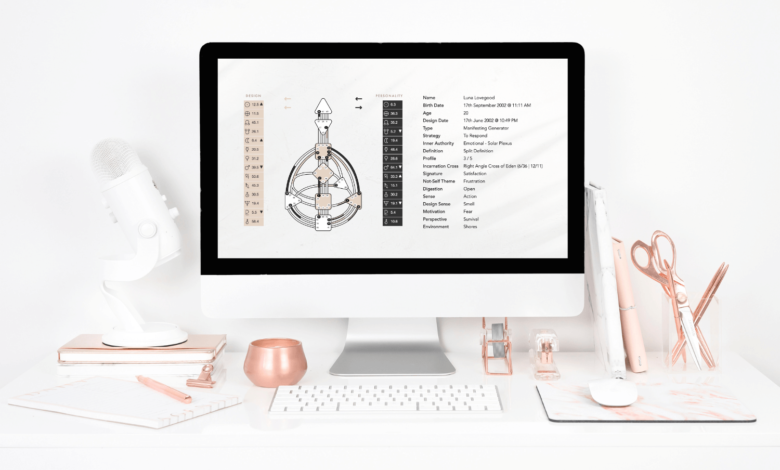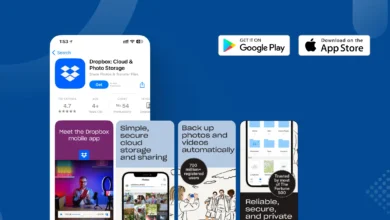Understanding Your Human Design Chart: A Beginner’s Guide

The Human Design chart is a powerful tool that combines ancient wisdom with modern science to offer a comprehensive blueprint of one’s character. This article will unpack the essentials of the Human Design system and how it can benefit your personal growth journey. Below, we delve into the intricacies of Human Design and offer insights into interpreting your own chart effectively.
Understanding the Basics of Human Design Chart
Human Design is a synthesis of astrology, the I Ching, Kabbalah, and the Chakras, combined with quantum physics and genetics, to create a unique chart that reflects individual energy and psychology. The system was created by Ra Uru Hu in 1987 and has since grown in popularity for its ability to provide personal insight. Your Human Design chart is specific to the time, date, and location of your birth, which dictates the arrangement of energies shown on your chart.
To begin deciphering your chart, it’s vital to understand that it’s composed of nine centers, which are akin to chakras in other spiritual systems. These centers are either defined (colored in) or undefined (white) and highlight personal strengths and potential challenges. Each center is connected through channels and gates, forming a circuitry that maps your unique energy flow.
Another integral component of your Human Design chart is your type, which is determined by which centers are defined. The type you are indicates how you’re designed to exchange energy with the world, offering guidance on how best to make decisions and interact with others. Additionally, your profile, an aspect derived from the I Ching, provides further layers to your personality, defining how you live out your purpose.
To get an initial glimpse of your unique Human Design, you can take a human design tes. This test will require your birth data and generate a detailed chart for you to analyze. Although it may seem complex at first, understanding the fundamentals of your own chart can be an enlightening experience and a stepping stone to deeper self-awareness.
Decoding the Five Types in Human Design
The foundation of Human Design lies in distinguishing between its five types: Manifestors, Generators, Projectors, Reflectors, and Manifesting Generators. Each type has a specific role and strategy for navigating life that aligns with their natural energy mechanics. Manifestors are known for their initiating powers, and their strategy involves informing others before taking action to initiate peace and reduce resistance.
Generators and Manifesting Generators, who make up the majority of the population, are the sources of life’s energy and workforces. Generators’ strategy is to respond, indicating that they operate best when they respond to life’s events rather than initiating. Manifesting Generators, on the other hand, are encouraged to inform and respond, requiring a mix of both strategies due to their combined nature.
Projectors are the guides of society and are best suited to lead when they are invited to do so. Their strategy is to wait for the invitation, ensuring they share their insights in environments where they are recognized and valued. Lastly, Reflectors, the rarest type, mirror the health of their environment and need to wait a lunar cycle before making decisions to ensure clarity and correct timing.
How To Interpret Centers, Channels, and Gates
The nine centers within your Human Design chart reflect different aspects of your being, such as the mind, emotions, and willpower, resembling the chakras in function and location. When a center is defined, it indicates a consistent and reliable aspect of your personality. Conversely, an undefined center often represents an area of potential wisdom but also vulnerability, where you can be influenced by others or your environment.
Channels act as the pathways that connect two centers, indicating a particular talent or theme in your life. When a channel is fully activated, you express the energy of that channel consistently. If only one gate is defined, the channel remains dormant until it comes into contact with someone who activates the other gate.
Gates, found at the end of channels, are associated with the 64 hexagrams of the I Ching. Each gate has a specific role and energy, and when activated, it expresses traits and themes linked to that gate. While having an activated gate lends to a particular influence, having it dormant means you might seek out or be drawn to others who complete the channel.
Altogether, the journey into discovering and applying your Human Design chart principles can be enlightening and transformative. Understanding your type, authority, profile, and the intricate network of centers, channels, and gates equips you with a personalized map for navigating life’s terrain with greater ease and self-assurance. Overall, Human Design offers an expansive playground for self-exploration and the potential for profound personal development.




